n a car’s engine, playing a vital role in starting and running the vehicle. A spark plug that is in optimal condition can significantly enhance the performance of your vehicle, improve fuel efficiency and keep the vehicle running smoothly. Just like all parts, they are subject to wear and tear over time. One common problem that can occur is cracking, which can negatively influence engine operation.
Split plugs may cause the engine to misfire, resulting in reduced power and potentially causing harm to other parts of the motor. In addition, a broken plug can negatively affect fuel efficiency, resulting in greater fuel burn and increased operating costs. To avoid further complications and keep your vehicle healthy, it is important to address this issue as soon as possible.
There are several things that can cause glow plugs to become cracked, including thermal stress, mechanical stress, and improper installation. Knowing what causes plugs to pop can help prevent the problem from occurring in the first place. By regularly inspecting and replacing any worn or broken candles, you can guarantee the longevity and optimized functioning of your truck’s interior.
Spark plugs popping is therefore a serious problem that car owners should be aware of. Being knowledgeable about the causes and consequences of this issue can help you take proactive measures to prevent it and maintain the reliability and efficiency of your vehicle.

Components of a Typical Spark Plug
Housing
The housing, commonly referred to as the shell, plays a crucial role in the construction of a spark plug. It is typically crafted from a durable metal alloy, carefully chosen to withstand the demanding conditions of high temperatures and pressures within the engine. The housing performs a multitude of essential functions that promote the general productivity and durability of the spark plug.
First and foremost, it acts as a protective casing, safeguarding the delicate internal components such as the center and side electrodes from external elements and potential damage. By encasing these vital parts, the housing ensures their integrity and proper functioning, allowing for consistent and efficient ignition.
Furthermore, the housing serves as a medium for effective heat transfer. As the spark plug operates in the cylinder, it is exposed to extreme temperatures as it burns. The robust steel alloy housing effectively dissipates this warmth away in the cylinder, preventing overheating and allowing for efficient engine function.
In addition, the housing is threaded to ensure that the spark plug is securely seated in the engine cylinder head. These threads make for a secure fit, guaranteeing proper leveling and preventing any unwanted movement or displacement of the spark plug while the engine is running.
Therefore, it is crucial to understand and appreciate the vital role that the housing plays in the overall performance and reliability of a spark plug. Its robust construction, protective function, heat transfer capabilities, and secure installation all contribute to the smooth operation of the engine, providing optimum durability and productivity.
Insulator
The insulator in the glow plug performs a decisive role in making the motor run smoothly and safely. It is an essential component that effectively isolates the central electrode, preventing any electric current from escaping the plug. Typically crafted from porcelain, a material renowned for its exceptional heat resistance and excellent electrical insulation properties, the insulator extends from the terminal to the base of the spark plug, encompassing the central electrode.
The primary function of the porcelain insulator is to prevent any electrical energy from leaking out, thereby guaranteeing a strong and consistent spark for combustion. By maintaining a secure electrical pathway, it enables the spark plug to generate the necessary ignition spark to initiate the combustion process reliably. Moreover, the insulator aids in the dissipation of heat, contributing to the overall heat characteristics of the plug. This effective heat dissipation protects against excessive heat and enables optimum performance conditions for the spark plug.
In conclusion, the insulator in a spark plug is an integral component that provides electrical insulation, heat resistance, and contributes to the overall performance and efficiency of the spark plug. By understanding its importance and conducting regular inspections, you can ensure the reliable operation of your engine and enjoy optimal performance from your vehicle.
Electrodes
The electrodes, particularly the center and side electrodes, play a vital role in the overall functionality of a spark plug. The center electrode, typically made of durable materials such as nickel-iron, platinum, or iridium, serves as the main conductor of electricity, transferring it to the spark gap and initiating combustion by igniting the fuel-air mixture. On the other hand, the side electrode, which is securely attached to the shell or housing, is bent inwards towards the center electrode to form the spark gap. This configuration ensures a precise and controlled spark formation.
To maintain optimal engine performance, it is crucial to regularly inspect the spark plugs, paying close attention to the condition of the electrodes. By doing so, potential problems can be identified early on, allowing for timely maintenance and replacement if necessary. This proactive approach ensures that the spark plugs continue to function effectively, promoting efficient combustion and reliable engine operation. [1]
Factors Affecting Spark Plugs Failure
Spark plug failure can be caused by various factors, which can individually or together result in damage.
- Thermal Shock: Rapid temperature changes can crack the ceramic insulator around the electrode due to different expansion rates of spark plug materials.
- Vibration: Excessive engine vibration can cause the electrode to lose contact with the spark plug’s metal shell, leading to ceramic insulator cracks.
- Improper Installation: Over-tightening strains the ceramic insulator, causing cracks. Under-tightening allows combustion gases to escape, causing overheating and potential cracking.
- Age and Wear: Normal wear and tear erode the electrode over time, causing misfires and eventual insulator cracking.
Understanding these factors helps diagnose and address spark plug issues promptly, preventing severe engine damage. [1]
Cracked Spark Plug Symptoms
Fuel Efficiency
A vehicle’s fuel efficiency, or miles per gallon (MPG), is critically affected by the condition of its spark plugs. Cracked or worn out spark plugs can cause incomplete combustion, resulting in the engine using more fuel to achieve the same level of performance. The incomplete combustion process is less efficient, as it fails to extract maximum energy from the fuel. This inefficiency translates into higher fuel consumption and costs. Regularly checking and maintaining your spark plugs can thus help optimize fuel efficiency. Moreover, keeping your spark plugs in good shape contributes to a lower carbon footprint, as a more complete and efficient combustion process emits fewer pollutants.
Cylinder Misfire
A cylinder misfire is another potential symptom of a cracked spark plug. The misfire occurs when one or more cylinders in the vehicle’s engine fail to fire properly. This can result in an imbalance in the engine’s power, which could cause the vehicle to jerk or vibrate irregularly. In more severe cases, a cylinder misfire can lead to reduced engine power and engine failure if not addressed promptly. The car’s onboard diagnostic system typically detects a cylinder misfire and triggers the check engine light on the dashboard. While a cylinder misfire can be caused by various issues, a cracked spark plug is often a common culprit. Therefore, if you observe a cylinder misfire or if your check engine light comes on, it’s advisable to check the condition of your spark plugs as one of the initial steps in your troubleshooting process.
Engine Light Blinking
One of the most apparent signs of a cracked spark plug is the blinking check engine light on your vehicle’s dashboard. The engine management system monitors the performance of the engine and will trigger this light if it detects a problem. This issue could range from minor faults, such as a loose gas cap, to serious problems like a misfiring engine often caused by a cracked or faulty spark plug. The blinking or flashing check engine light is typically indicative of a severe issue that requires immediate attention. It could be signalling that there is a misfire in one or more of your engine’s cylinders due to a cracked spark plug. Ignoring a blinking engine light can result in serious engine damage, potentially leading to expensive repairs. Therefore, if your check engine light starts blinking, it is recommended to pull over safely at the earliest opportunity and seek professional help.
Difficult Start
A challenging or difficult start, often referred to as ‘hard starting’, can be another prominent sign of a cracked spark plug. This symptom can manifest as the vehicle struggling to start or taking significantly longer to start up than usual. It occurs because a cracked spark plug may impede the necessary spark required to ignite the fuel-air mixture in the engine cylinders, thereby affecting the engine’s ability to start efficiently.
If you notice your vehicle experiencing difficulty starting, especially when combined with other symptoms of a cracked spark plug, it is highly advisable to have your spark plugs thoroughly inspected and promptly replaced if necessary. Ignoring this symptom can lead to more severe engine problems and, in the worst-case scenario, prevent your vehicle from starting altogether.
Taking proactive measures to address this issue will not only ensure proper engine functioning but also potentially prevent further damage and costly repairs down the line.
Engine Misfire
Engine misfire is a common and telling symptom of a cracked spark plug. When an engine misfires, it means that one or more of its cylinders are not firing properly. This can result in a rough running engine, decreased fuel efficiency, and a noticeable lack of power during acceleration. Misfires can be sporadic, happening irregularly and at random, or they can be steady, recurring at a regular rate. They cause the vehicle to jerk, vibrate or stutter during idling or acceleration. In the worst-case scenario, consistently misfiring can lead to engine damage. The root cause of a misfire can often be traced back to a faulty ignition system, with a cracked spark plug being a frequent cause. Consequently, if you suspect your engine is misfiring, inspecting the spark plugs is a recommended first step in the diagnostic process.
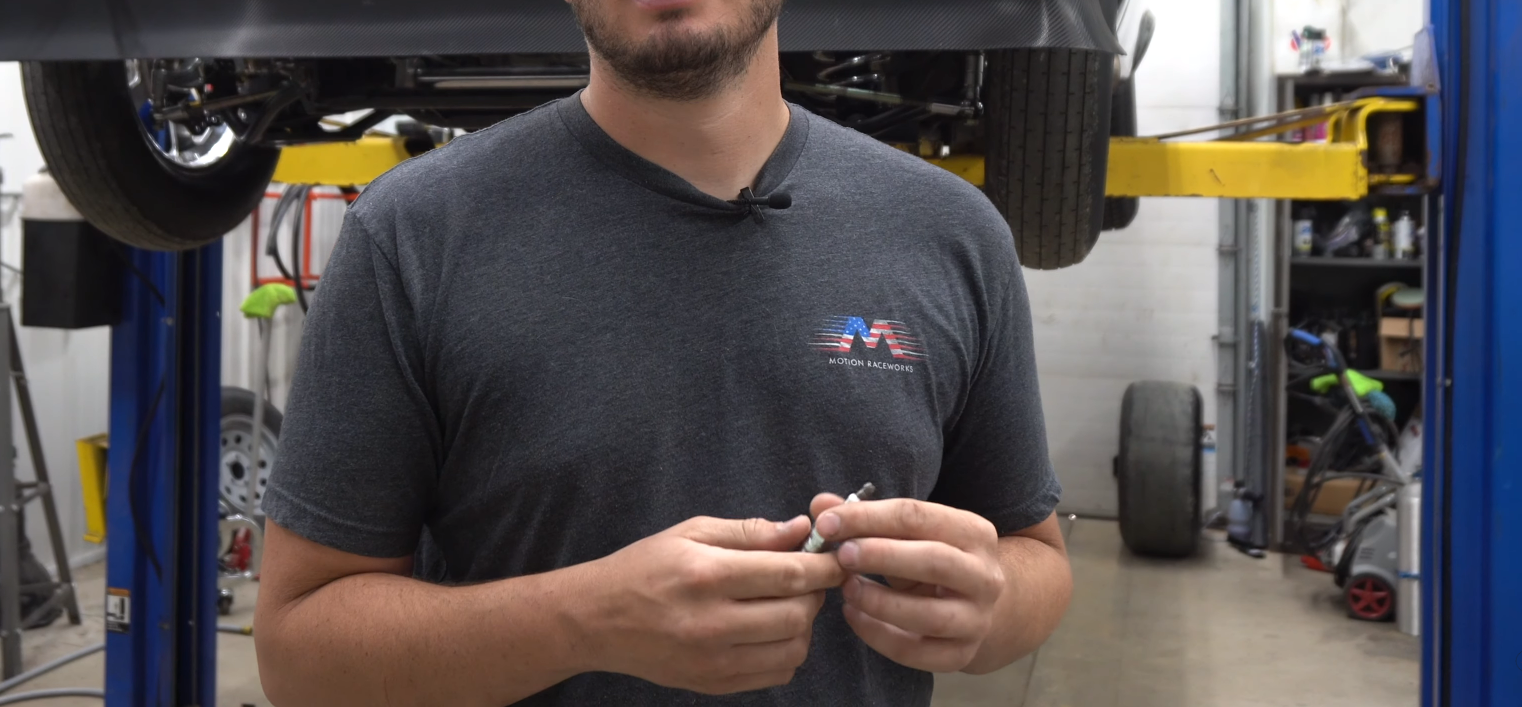
Performance Degrade
The overall performance and reliability of your vehicle can be significantly affected by cracked spark plugs. These small components play a crucial role in the ignition process, generating the spark that ignites the air-fuel mixture in the combustion chamber. However, when a spark plug develops a crack, it can introduce various issues that disrupt the efficiency of the combustion process.
One of the noticeable effects of a cracked spark plug is a sluggish response to acceleration. You may experience a delay in power delivery when pressing the accelerator, which can be frustrating and impact the overall driving experience. Additionally, a cracked spark plug can lead to a noticeable dip in fuel economy. The compromised combustion process can result in inefficient fuel consumption, causing more frequent visits to the gas station.
Rough idling is another symptom that can be attributed to a cracked spark plug. When the spark plug is damaged, it can cause the engine to run unevenly at idle, leading to a shaky and unstable feeling. Furthermore, starting the vehicle may become more challenging. A cracked spark plug can create difficulties in initiating the ignition process, requiring more attempts or even preventing the engine from starting altogether.
Regular maintenance is key to ensuring optimal vehicle performance and preventing these issues. By including routine spark plug inspection and replacement in your maintenance schedule, you can identify and address any potential problems before they worsen. This proactive approach will help maintain your vehicle’s performance, improve fuel efficiency, and extend the overall lifespan of your engine.
Remember, taking care of the small details, like your spark plugs, can make a significant difference in the long run.
Hesitancy
Hesitancy, or a lack of responsiveness, is another notable symptom of a cracked spark plug. When a spark plug is cracked, it can hinder the smooth ignition of the fuel-air mixture in the combustion chamber, leading to a delayed response to acceleration. This delay is often perceived as a momentary pause or ‘hesitation’ before the vehicle picks up speed. Not only does this affect the overall driving experience, but it can also put undue stress on other engine components over time.
To ensure the optimal performance and longevity of your vehicle, it is crucial to address any hesitation or lack of responsiveness promptly. If you observe any hesitation while driving, it is important to have your vehicle examined by a qualified mechanic. A thorough inspection of the spark plugs, along with other relevant engine components, will help identify and resolve any issues, ensuring your vehicle continues to operate smoothly and efficiently. [2]
What Causes A Spark Plug To Crack?
Wrong Thermal Range For A Spark Plug
Using the wrong spark plug thermal range for your vehicle can cause crack formation. The thermal range indicates the plug’s operating temperature and must match your engine’s requirements. An excessively hot plug can lead to pre-ignition and engine damage. Conversely, a plug that is too cold may not effectively burn off carbon deposits, resulting in fouling and potential cracking. It is crucial to select a spark plug with the correct thermal range to ensure its longevity and your engine’s health.
Chemical contamination
Chemical contamination can cause spark plug cracking. This happens when harmful substances like oil, fuel, or coolant enter the combustion chamber and coat the spark plug. These substances can overheat the plug, leading to thermal shock and cracking. Additionally, fuel additives can react with the spark plug material, causing corrosion and cracks. Regular engine maintenance and inspection can prevent chemical contamination, extending spark plug life and maintaining optimal engine performance.
Excessive Torque Applied To The Spark Plug
Excessive torque during spark plug installation can stress the component, leading to cracks. This can result from using incorrect tools, lacking technical knowledge, or not following the manufacturer’s instructions. Applying excessive force can deform the metal shell, creating stress points prone to cracking. Overtightening strains the insulator, causing immediate or progressive cracking due to engine vibrations. To prevent this, follow torque settings, use correct tools, and apply steady, even pressure. Regular inspection detects issues early, preventing engine damage. [2]
FAQ
What causes the end of a spark plug to break?
Spark plug electrodes can break due to various reasons, including thermal shock, over-tightening during installation, detonation in the combustion chamber, and aging. Regular maintenance and inspection are crucial to prevent breakage and ensure optimal engine performance.
What causes spark plug ceramic to break?
The ceramic insulator of a spark plug can break due to various reasons. Thermal shock from rapid temperature shifts, physical shock or vibration, improper installation, and age can weaken the ceramic, making it prone to cracking. Regular inspections and timely replacements are crucial for preventing these issues.
How do you know if your spark plugs are cracked?
To maintain your vehicle’s performance, it’s important to identify cracked spark plugs. Signs of a cracked spark plug include decreased fuel efficiency, engine misfires, rough idle, difficulty starting, loss of acceleration power, or a check engine light. Physically inspect the spark plugs for cracks, chips, or damage to confirm these symptoms. Early detection through regular inspections can prevent further engine damage.
Can you drive with a cracked spark plug?
Driving with a cracked spark plug is not recommended due to potential issues such as misfires, poor fuel efficiency, and engine damage. It can also affect the smooth running of the vehicle, causing problems like rough idle and difficulty starting the engine. Regular maintenance and prompt replacement of cracked spark plugs are crucial to prevent further issues.
What is the lifespan of spark plugs in KM?
Spark plug lifespan varies based on type and usage conditions. Standard copper plugs last 20,000-40,000 km, while platinum or iridium plugs can last 60,000-160,000 km. Factors like driving habits, vehicle condition, and fuel quality influence lifespan. Regular inspections and maintenance are crucial for optimal engine performance and longevity.
How many years do spark plugs last?
Spark plugs should ideally be replaced after a certain period due to age-related wear and tear, regardless of the distance covered. Copper spark plugs should be replaced every 3 years, while platinum and iridium spark plugs can last up to 4-5 years. Regular inspections are recommended to ensure optimal functionality throughout their lifespan.
Useful Video: Spark Plug Failure Can Ruin a Dyno Session or Track Day: Tech Tip Tuesday
Conclusion
Spark plugs are small but vital for your vehicle’s engine performance. Regular inspection and maintenance are necessary due to their susceptibility to damage. Recognizing and addressing cracked spark plugs promptly prevents engine damage. Lifespan varies based on factors like driving habits and fuel quality. Follow manufacturer guidelines for replacements to preserve engine performance and longevity.
References:
- https://theautovibes.com/what-causes-a-spark-plug-to-crack/
- https://autoguidehub.com/what-causes-a-spark-plug-to-crack/





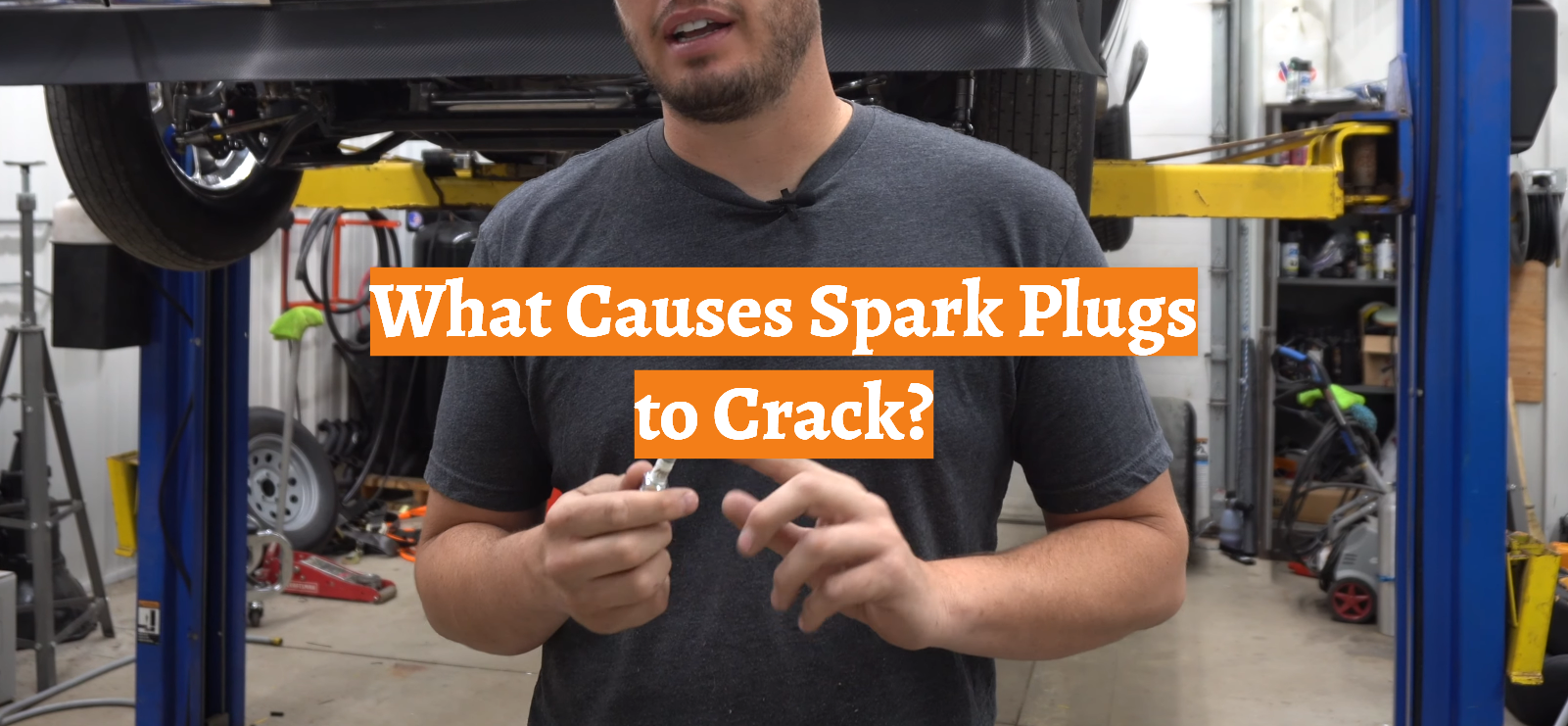

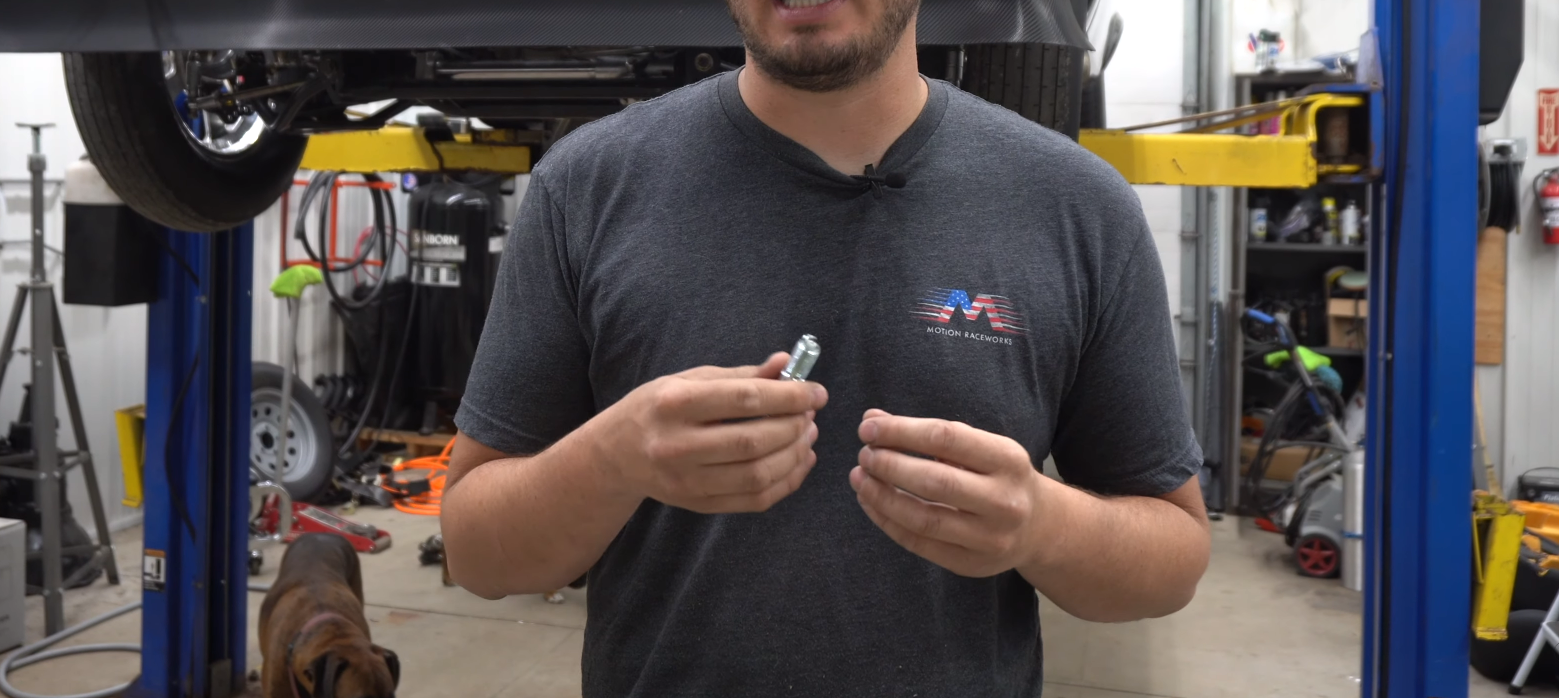
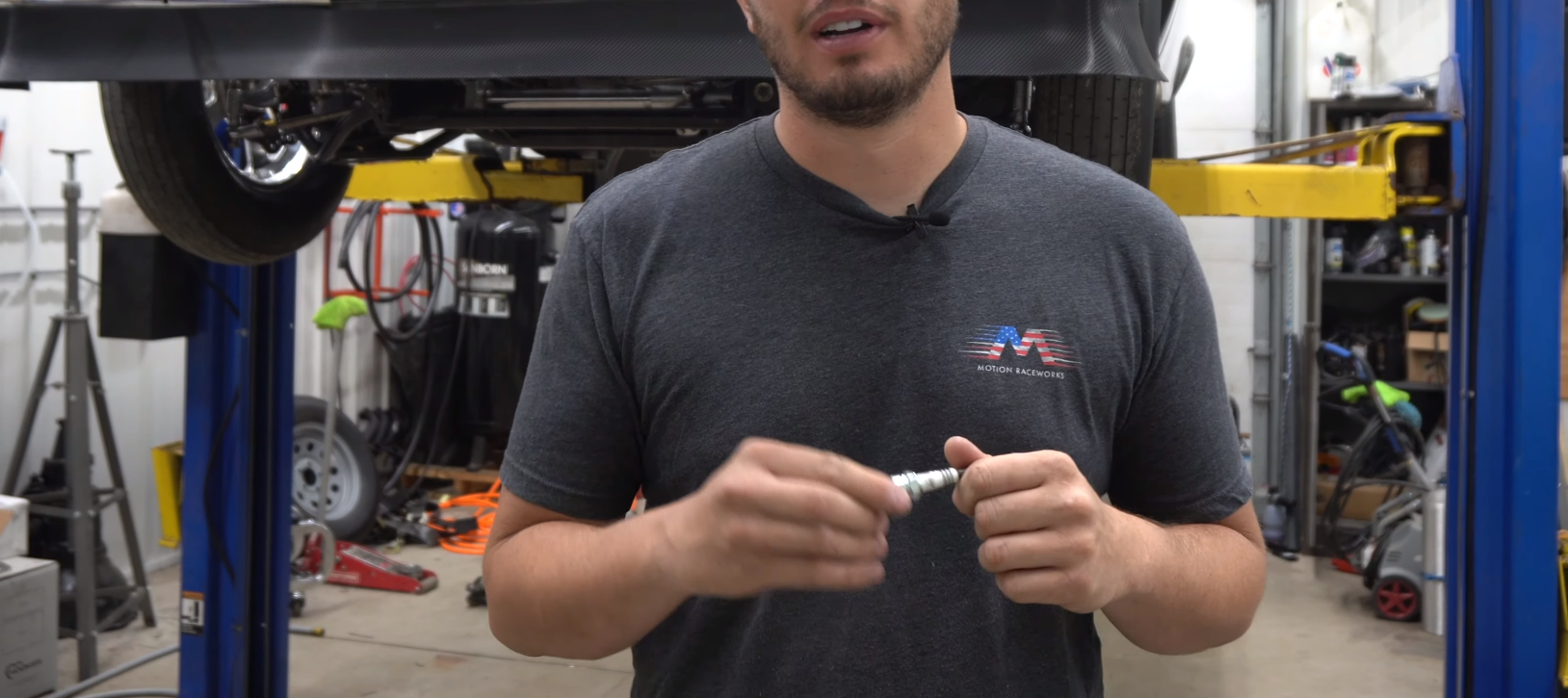


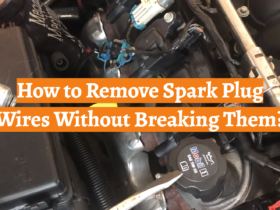


Leave a Review